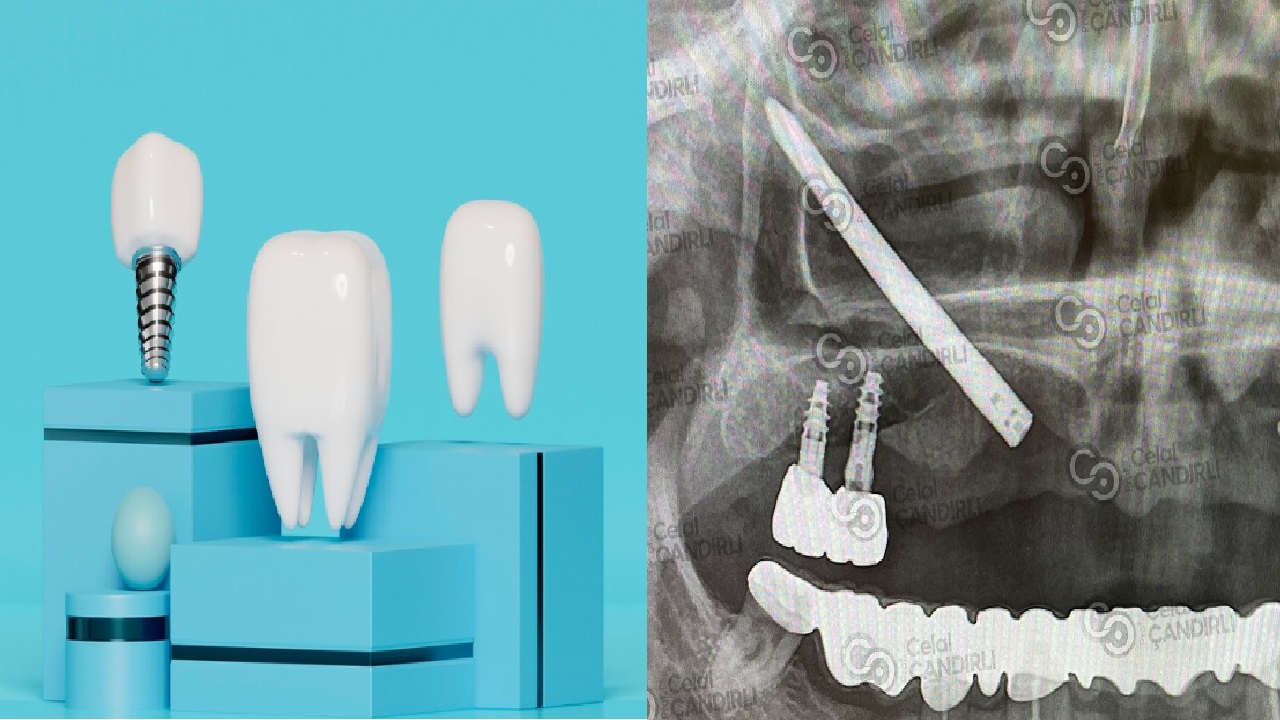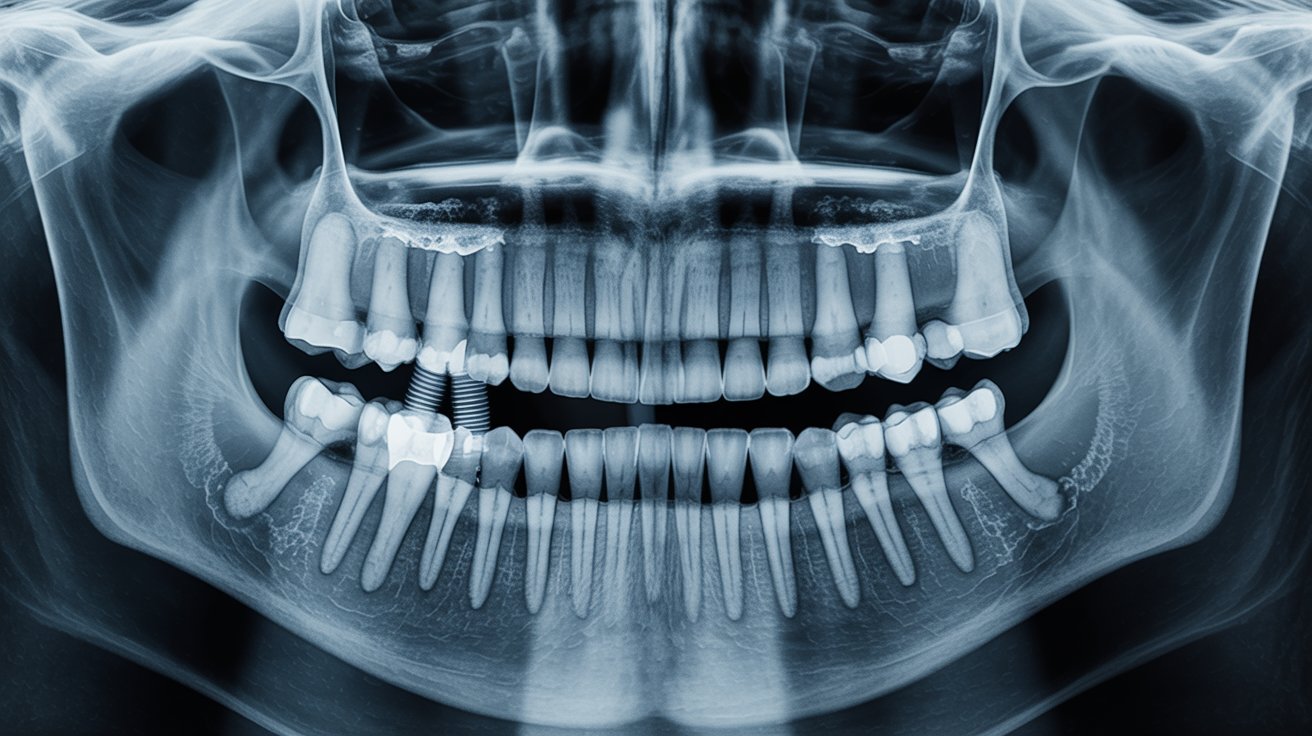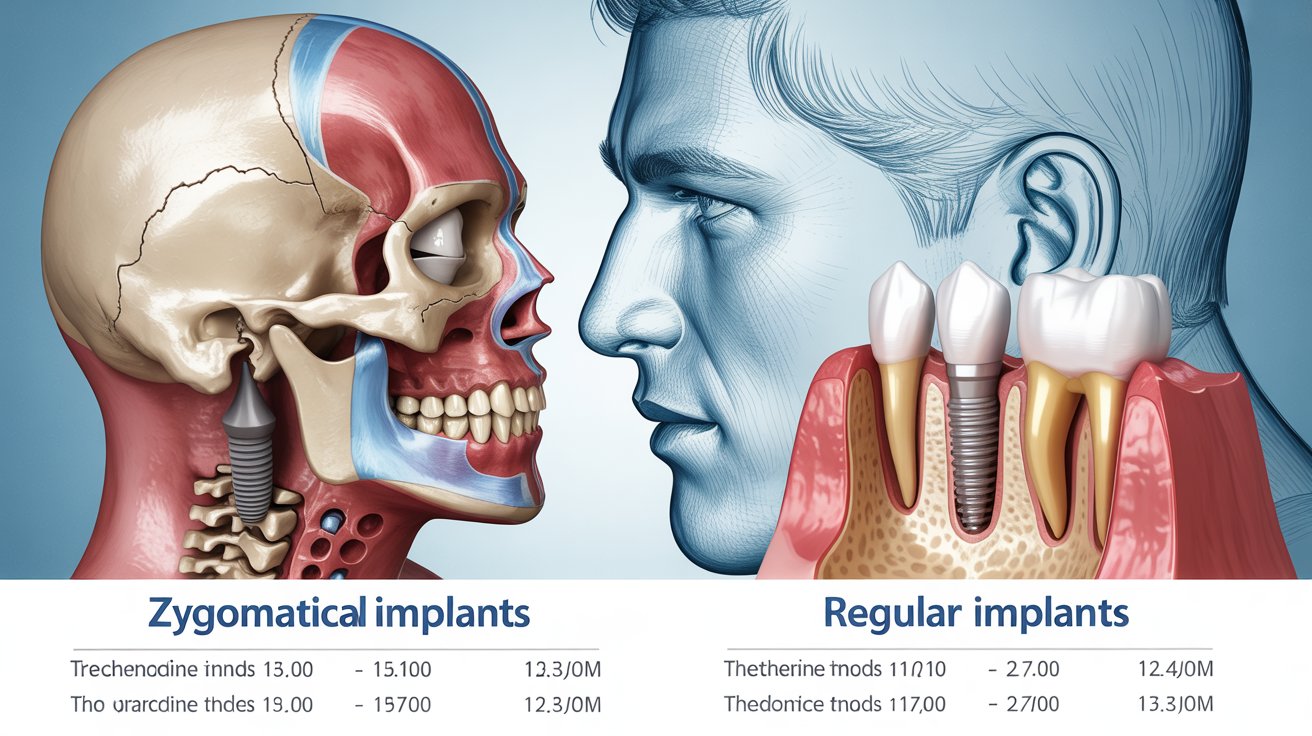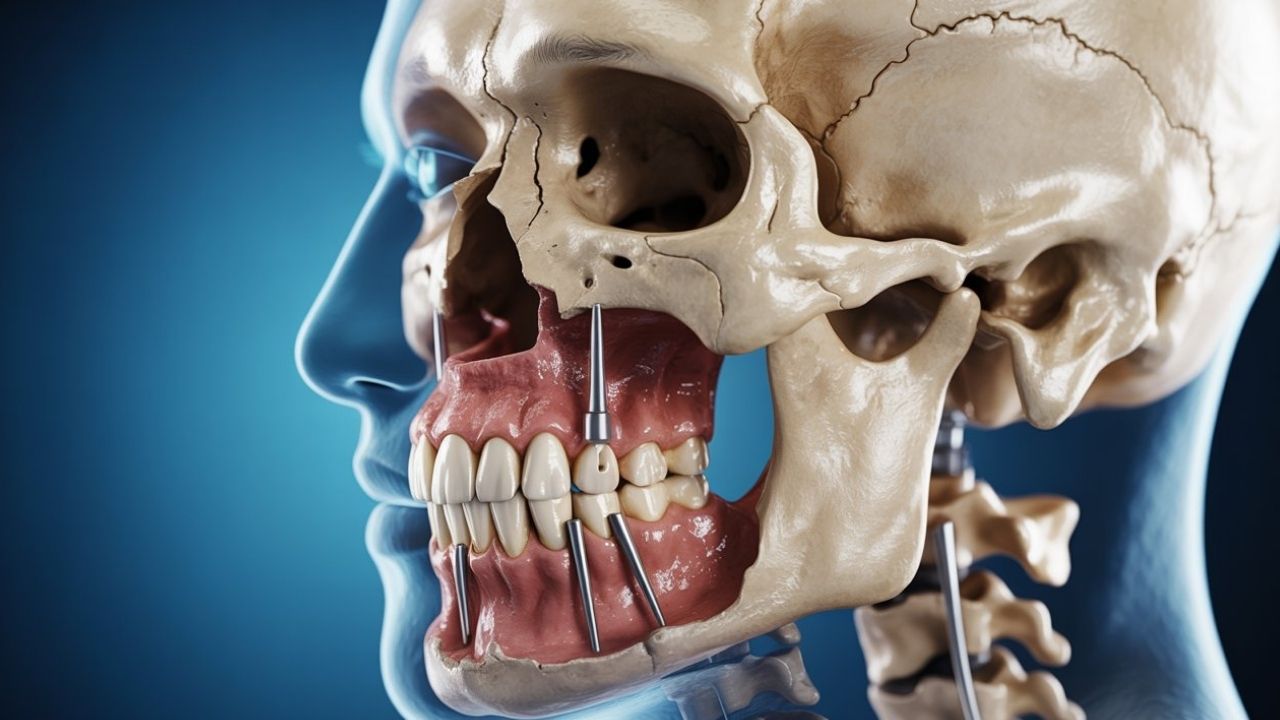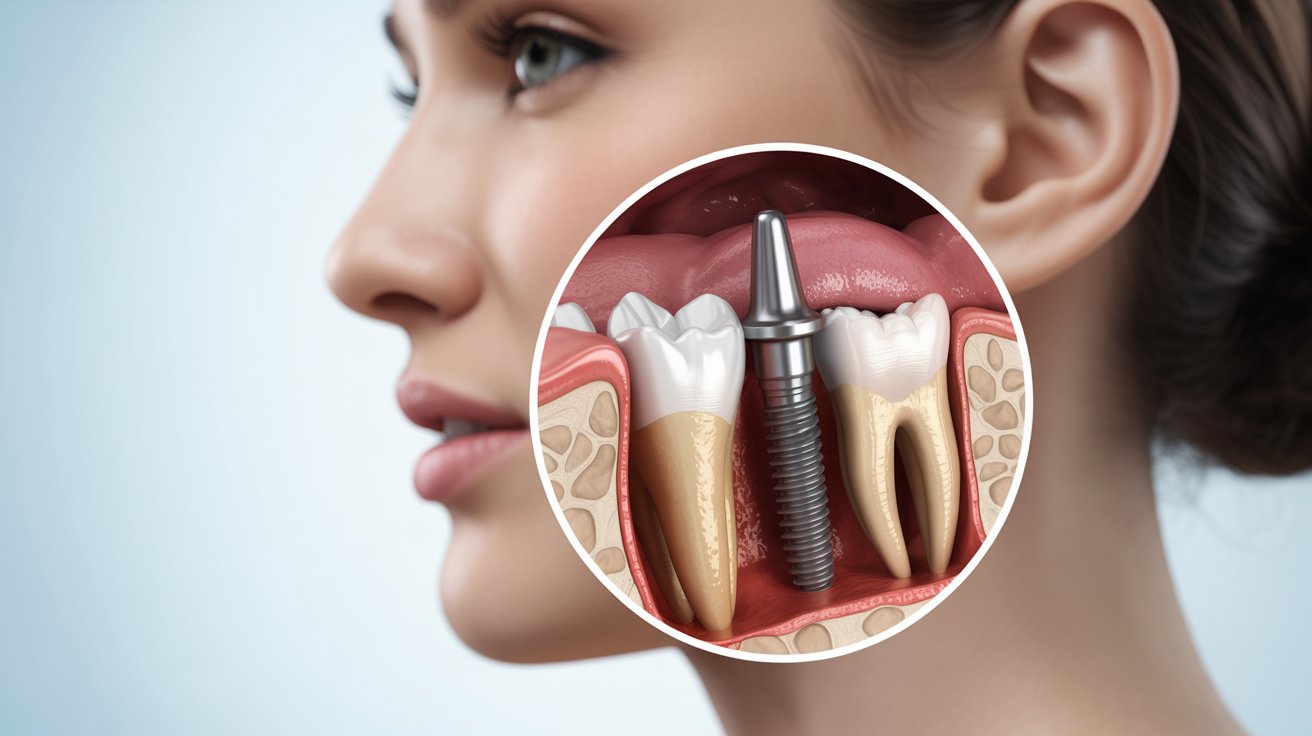With the help of advancements in dental technology, new approaches such as zygomatic implants have emerged. Both Zygoma Implants vs Traditional Implants procedures aim to provide a long-lasting solution for patients who has missed their teeth.
Dental implants have got a revolution. This revolution effects the way dental professionals approach the restoration of missing teeth. The traditional implant procedure has been a succesful solution for many years. The technology and improvements has positive effects on dental procedures.
However, they are different form each other importantly in terms of the technique and patient eligibility. In this essay, we will compare zygoma implants with traditional implants. We will discover their advantages, disadvantages, and the clinical situations.
What are the Similarities and Differences Between Zygoma Implants vs Traditional Implants?
We are going to discuss the similarities and differences, advantages and disadvantages, and what the cilinical situaions under the related titles below. Firstly, let’s begin eith their definitions.
Definition and Procedure of Zygoma Implants vs Traditional Implants
Let’s see the definition and procedure of Zygoma Implants vs Traditional Implants.
Traditional Implants
Traditional dental implants are titanium posts that are inserted into the jawbone to replace the roots of missing teeth. This process includes placing the implant into the bone that is allowing it to integrate over time through a process called osseointegration.
After healing, a crown is attached to the implant that is restoring the function and aesthetics of the missing tooth. This procedure requires enough bone density in the jaw to support the implant.
Zygoma Implants
Zygomatic implants are mostly used in cases where the patient has enogh bone in the upper jaw. Rather than being placed in the jawbone, zygomatic implants are anchored into the zygomatic bone. It is also called the cheekbone.
This treatment is mostly used for patients who have experienced significant bone loss in the upper jaw because of the conditions like advanced periodontitis, trauma, or developmental defects.
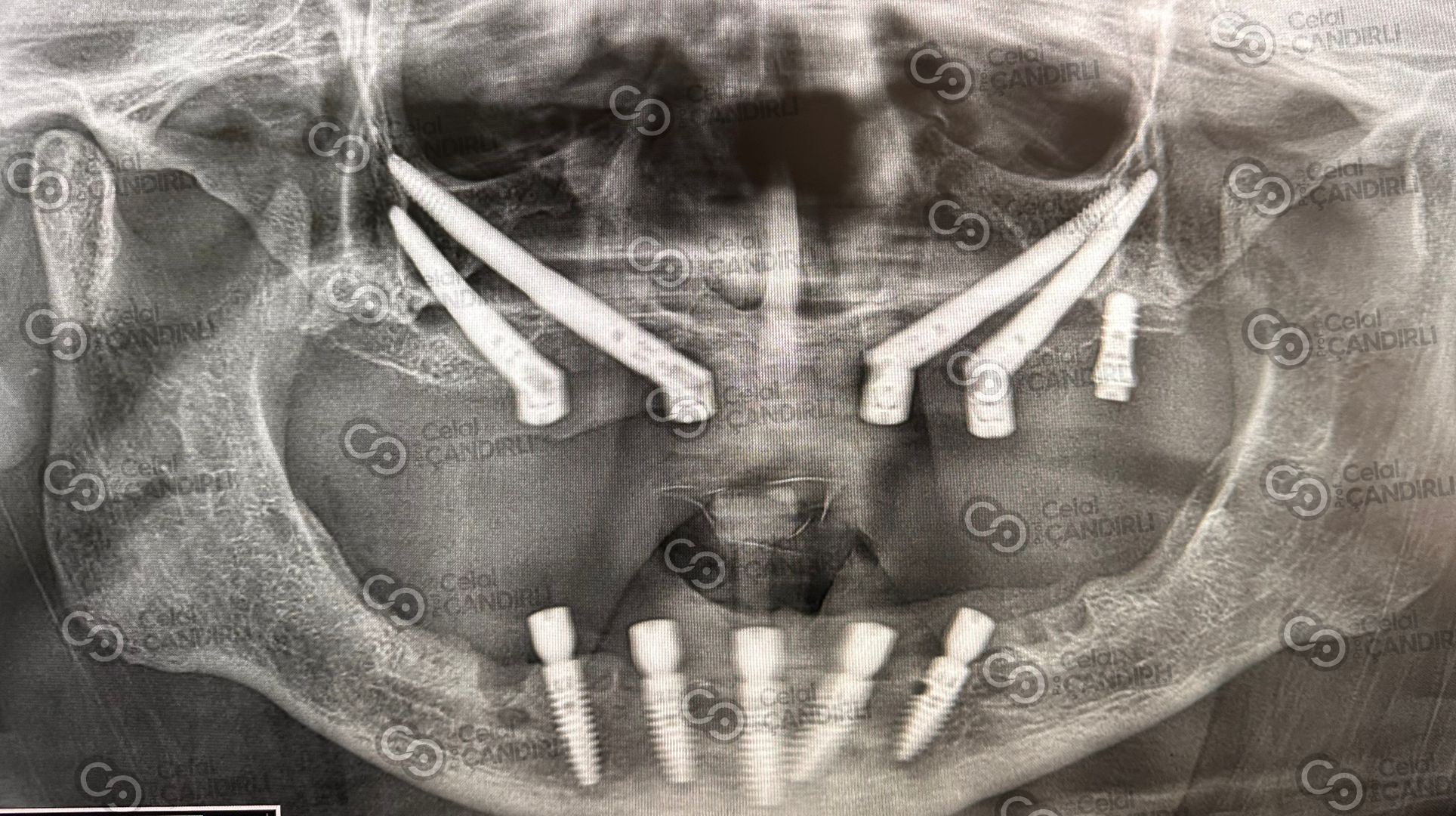 Bone Quality and Quantity Requirements for Zygoma Implants vs Traditional Implants
Bone Quality and Quantity Requirements for Zygoma Implants vs Traditional Implants
One of the most obvious differences between traditional and zygomatic dental implants is the bone requirement.
Traditional Implants
These implants require sufficient bone mass in the jaw to be succesful. If the patient does not have enough bone, there may be a need of bone grafting or sinus lifts before the implant can be placed. This may cause an increase both in the cost and recovery time for the patient.
Zygoma Implants
Zygomatic dental implants are specifically designed for the patients whose jawbone is too thin or too soft fort he procedure of traditional implants. As they are anchored into the zygomatic bone, these implants can be placed even when there is severe bone loss in the upper jaw.
This may also reduce the need for bone grafting and allow patients to avoid the long recovery times associated with those procedures. Also, it may save cost.
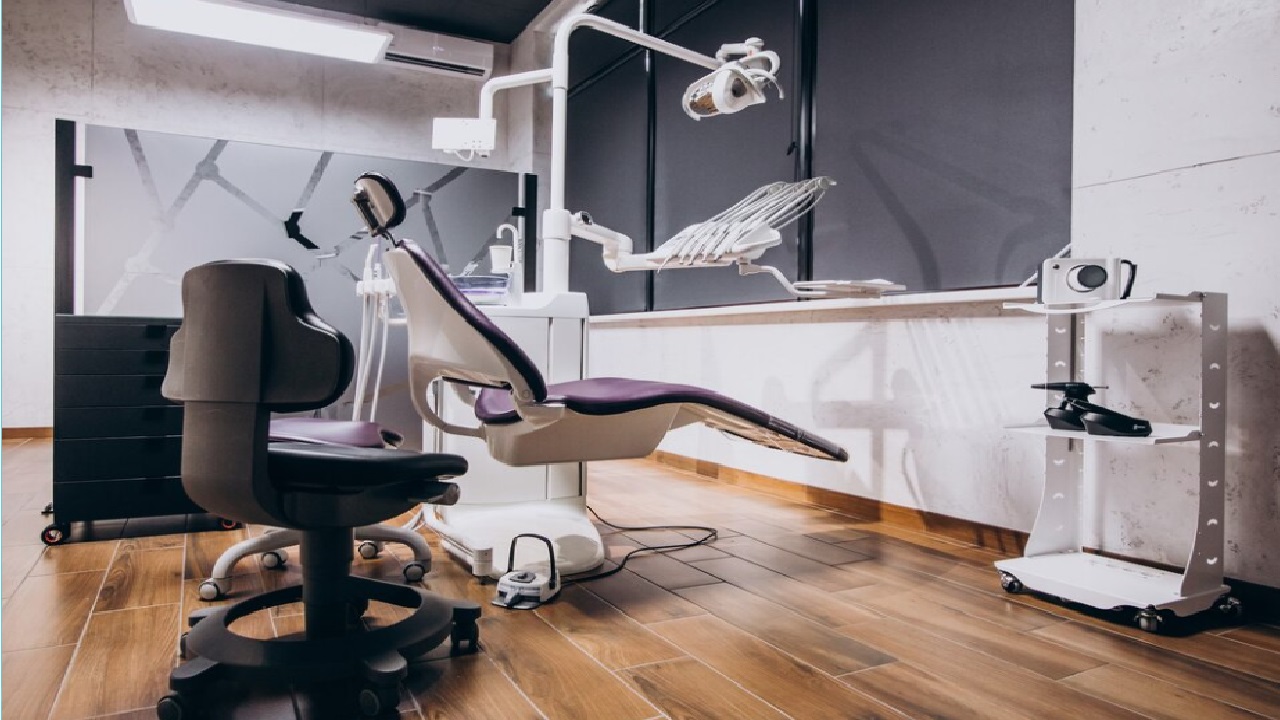
Surgical Complexity and Recovery for Zygoma Implants vs Traditional Implants
What is Surgical Complexity and Recovery for Zygoma Implants vs Traditional Implants?
Traditional Implants
The process of placing traditional implants is generally straightforward, especially when the patient has sufficient bone density. The procedure is typically done under local anesthesia, and the recovery time can vary depending on the complexity of the case.
In most situations, patients can resume normal activities within a few days to a week. However, if bone grafting or sinus lifts are required, the recovery process can be longer and more involved.
Zygoma Implants
Zygomatic implants require a more complex surgical procedure because they involve the placement of implants in the zygomatic bone rather than the jaw. This procedure typically requires general anesthesia and is more invasive compared to traditional implant placement.
Due to the complexity of the surgery, recovery can take longer, and there may be an increased risk of complications such as infection or implant failure. Additionally, zygomatic dental implants usually require a higher level of expertise from the dental surgeon, making it essential for patients to choose a highly skilled practitioner.
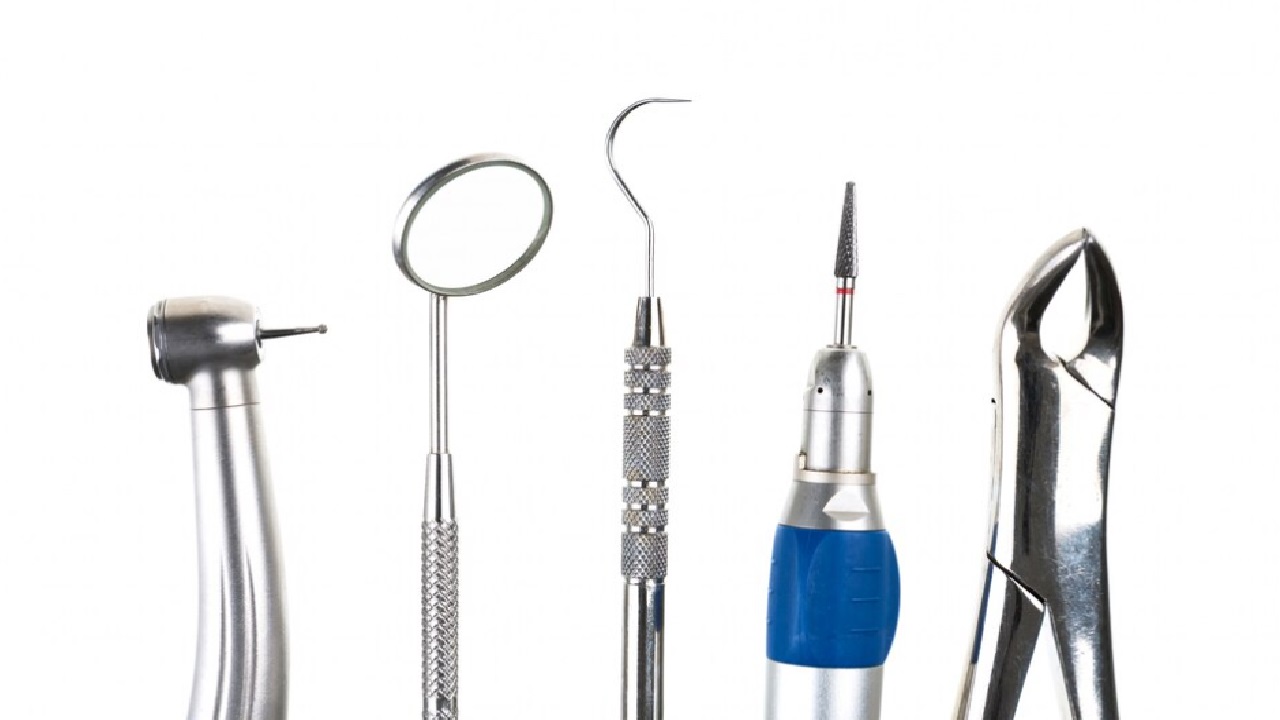
Success Rates and Longevity of Zygoma Implants vs Traditional Implants
Let’s see the success rates and longevity of the procedures.
Traditional Implants
The success rates of traditional implants are generally very high, with studies indicating success rates of over 95%. When the implants are placed in healthy bone and the patient follows proper post-surgical care, traditional implants can last for 20 years or more.
However, their longevity is highly dependent on factors such as bone health, oral hygiene, and the patient’s overall health.
Zygoma Implants
Zygomatic implants also boast high success rates, though they are slightly lower than those of traditional implants due to the complexity of the procedure and the nature of the placement. Long-term success rates for zygomatic implants are promising, with many patients experiencing functional and aesthetic restoration for several years.
However, as with traditional implants, the durability and success of zygomatic implants are contingent upon good oral hygiene and regular check-ups.
Cost and Accessibility for Zygoma Implants vs Traditional Implants
What is the possible cost and accessibility?
Traditional Implants
The cost of traditional implants varies depending on the complexity of the case, the materials used, and the geographical location. Typically, the cost is lower compared to zygomatic implants. Additionally, traditional implants are more commonly available, as they are a standard procedure performed by many dental professionals.
Zygoma Implants
Zygomatic implants are generally more expensive than traditional implants due to the complexity of the procedure, the specialized materials required, and the expertise needed from the surgeon. Moreover, zygomatic implants are not as widely available as traditional implants, and patients may need to seek out a specialized center or highly experienced dental professionals to undergo the procedure.
 Indications for Use for Zygoma Implants vs Traditional Implants
Indications for Use for Zygoma Implants vs Traditional Implants
Traditional Implants
Traditional implants are suitable for patients who have adequate bone density in the jaw. They are commonly used for patients who have lost a single tooth, multiple teeth, or even all teeth in the upper or lower jaw, provided there is enough bone support for the implants.
Zygoma Implants
Zygomatic implants are typically used for patients who have experienced significant bone loss in the upper jaw, often due to conditions like gum disease, trauma, or congenital defects. They are also a solution for patients who are not suitable candidates for traditional implants because of insufficient bone in the upper jaw.
The Comparison of Zygoma Implants vs Traditional Implants
To sum up, both zygoma implants and traditional implants are effective solutions for patients who have missing teeth. However, they are designed to address different clinical situations.
Traditional implants remain the gold standard for patients with sufficient jawbone density, offering a less invasive procedure and a higher long-term success rate. On the other hand, zygomatic implants provide an innovative alternative for patients with severe bone loss in the upper jaw, offering a viable option where traditional implants would be unfeasible.
While zygomatic implants are more complex and costly, they represent a significant advancement in implant dentistry, allowing more patients to achieve full restoration when other options are not viable.
Ultimately, the choice between zygomatic and traditional implants depends on;
- the individual’s bone health,
- the condition of their oral structures,
- and the expertise of the dental surgeon
Both techniques, when applied appropriately, can lead to successful outcomes that restore function, aesthetics, and quality of life.
